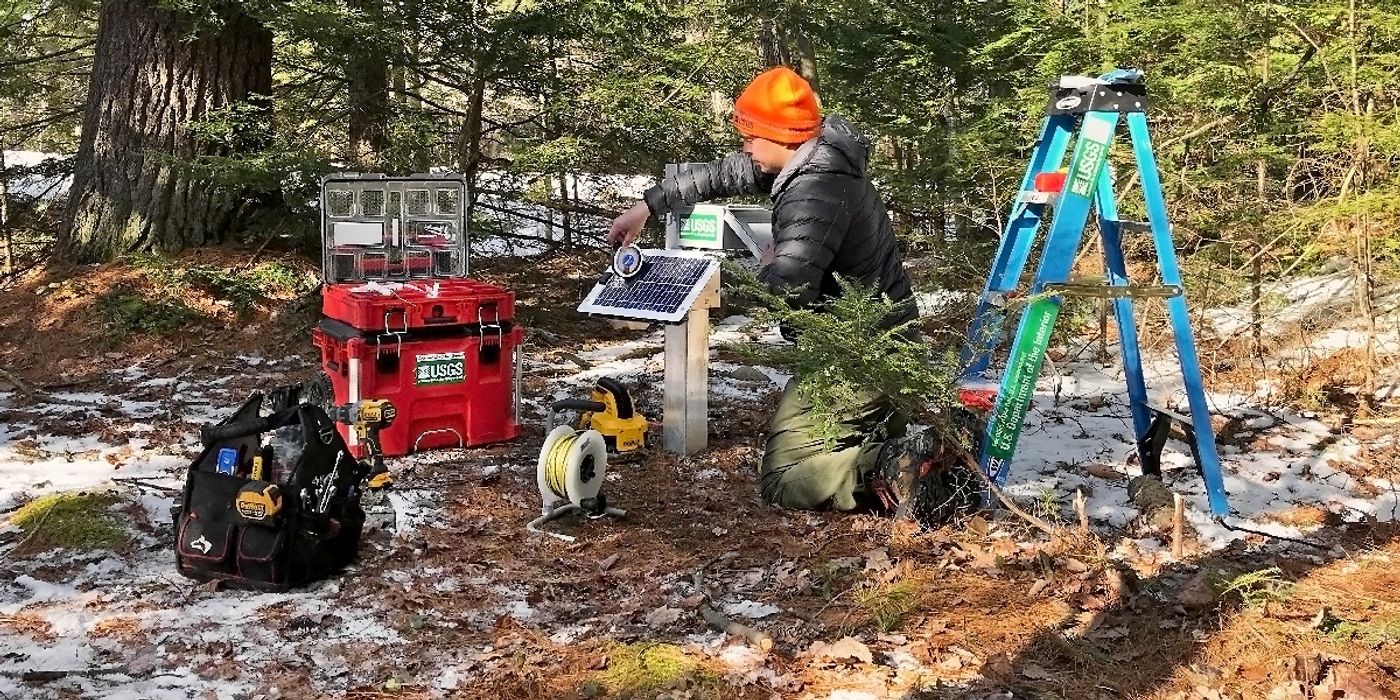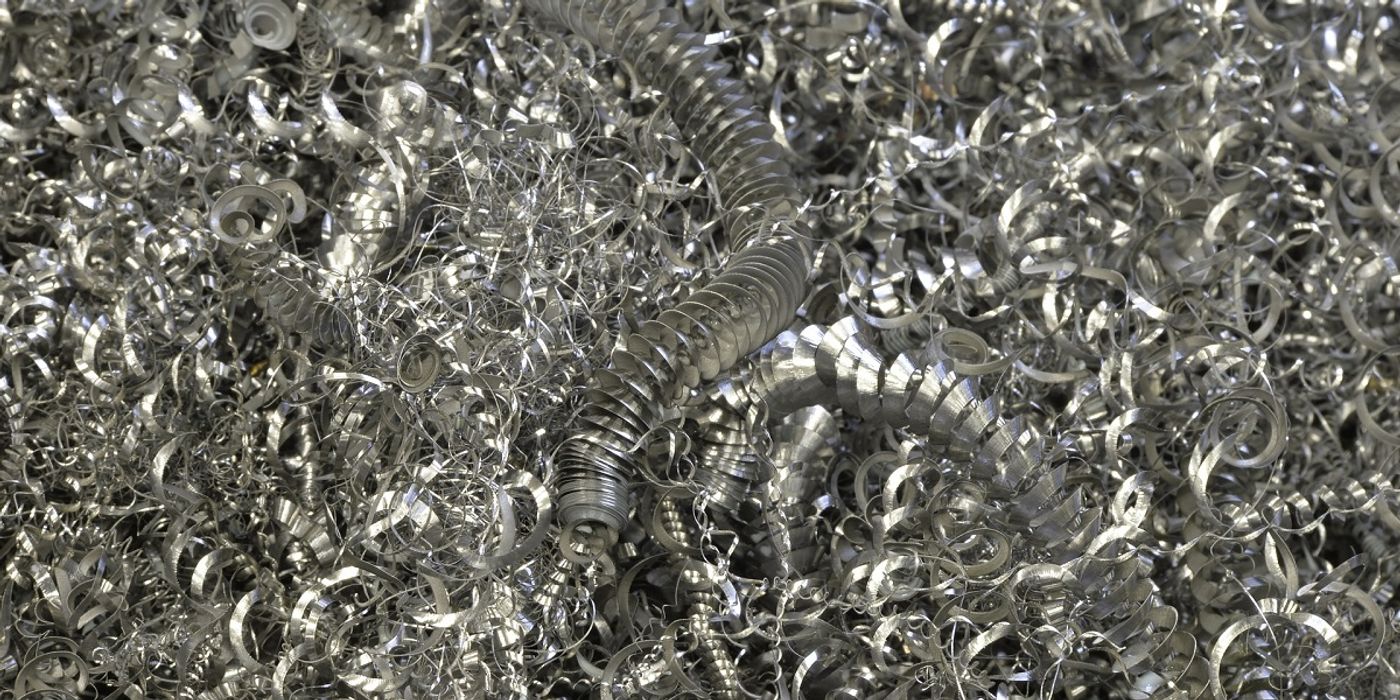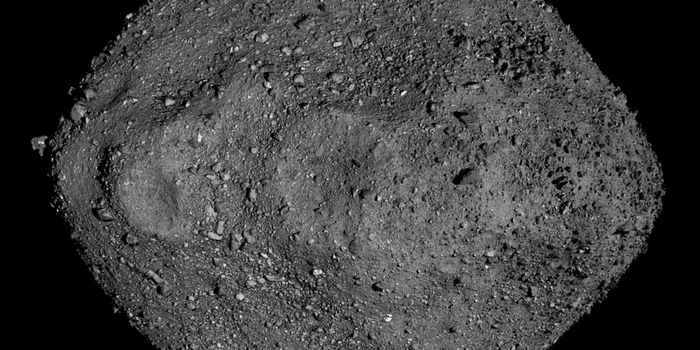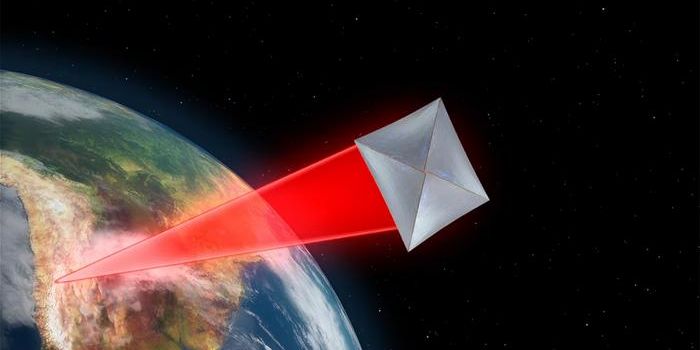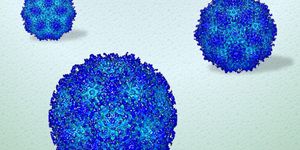Using Iron Waste to Clean Pesticides
Groundwater is something most people use every day. Whether for drinking, washing, or growing the food you eat, it is part of our lives. But groundwater is not unlimited. It’s very slow to refill, as surface water must slowly filter through all the dirt and rock in the surface layer. Once it settles into a layer below the surface, it is considered an aquifer. We are using up our aquifers faster than they recharge naturally. When they refresh with surface water, much of the incoming water is contaminated with our industrial and agricultural chemicals. We must keep this valuable natural resource clean if we are to continue to remain healthy.
Pesticides are common contaminants in surface and groundwater because of their widespread use in global agriculture. Though many problematic pesticides have been regulated or banned in the United States over the past century, there are places where dangerous pesticides are still in use or have only been recently regulated. Many of these pesticides persist in the environment over long periods of time and can be transported to groundwater, where the contaminants can sit for years.
New research by Environmental Pollution offers a solution that may be cheaper to implement than previous solutions for four of the pesticides that have been banned in the US for decades. The four pesticides tested were dieldrin, endrin, DDT, and lindane.
The proposed treatment uses iron turning waste (tiny shards of shaved iron) sandwiched between layers of sand to filter contaminated water in a permeable reactive barrier. This treatment removed nearly all (94%) of all pesticides tested from the water. The iron reacted chemically with the pesticides to dechlorinate them and render them harmless. This is a very inexpensive and efficient way to clean some compounds from water because iron waste and sand are both very cheap.
Previous research from the journal Science of the Total Environment proposed this solution for other pesticides (Endosulfan and Heptachlor), and confirmation that it continues to work on more chemical compounds is good news for the places that are in the process of phasing out these pesticides.
Sources: USGS, Waterdefense, Environmental Pollution, Science of the Total Environment
